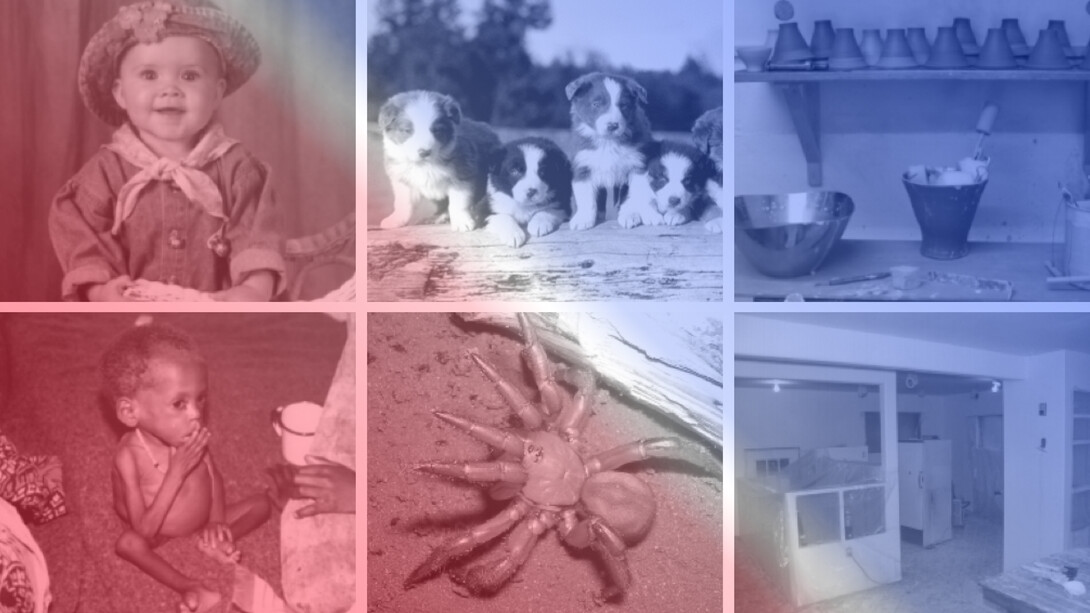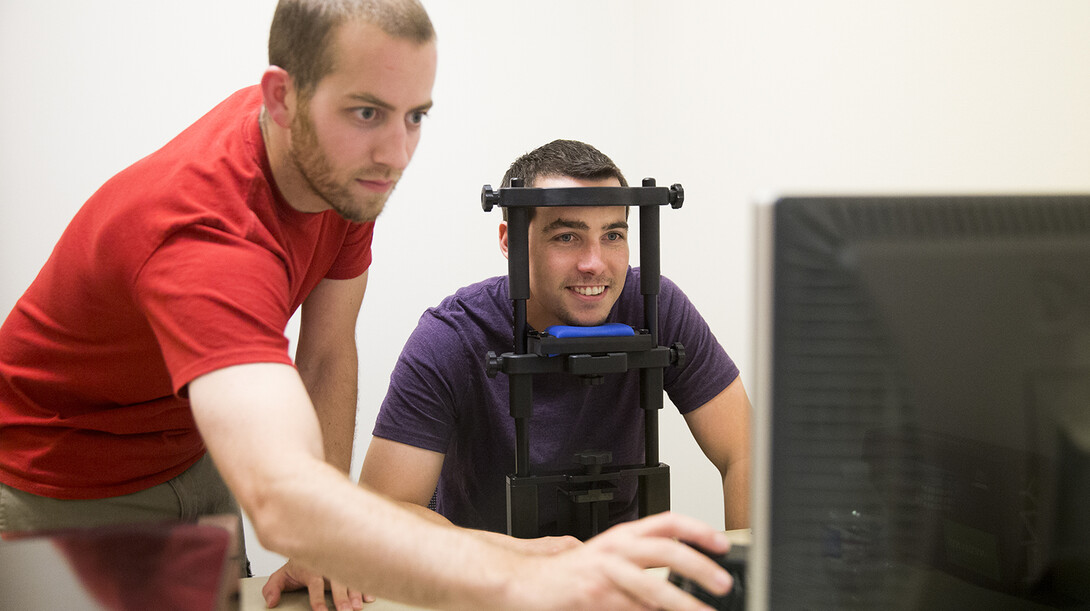
Conservatives and liberals know there is a chasm between their policy and social ideals. But a new study shows that their differences may be psychologically fundamental.
The research, led by the University of Nebraska-Lincoln’s Mark Mills, revealed that negativity bias – where greater weight in our cognitive processes is given to negative information over positive or neutral information – is stronger in political conservatives and that the negativity bias transfers to how well they remember stimuli.
In other words, conservatives in the study were more likely to remember things that evoked negative emotions – images of war, snakes, dead animals – than their more liberal counterparts.
First, study organizers placed participants on a political scale based on their degree of approval or disapproval on 20 hot-button political issues. They were then asked to study 120 negative, positive and neutral pictures in preparation for a memory test.
Afterward, participants viewed 240 pictures – an even split of new and previously seen images – and were asked to identify the pictures they had already seen.
Scientists hypothesized that they would see some difference in memory of positive and negative imagery between conservatives and liberals, but were surprised at the pronounced difference. The most conservative participants remembered about 91 percent of negative images compared with 80 percent of positive ones. The most liberal participants, in contrast, remembered about 84 percent of negative images compared with 86 percent of positive ones.
“There are lots of reasons why people differ in how they process emotion,” said Mills, a graduate student of psychology in UNL’s Center for Brain, Biology and Behavior. “One part of the study was trying to account for how much of that variance is explained by political ideology. That had been unknown up until this point.”
Forty-five percent of variance between subjects was accounted for by political ideology, he said.
“It quantifies the size of the correlation between negativity bias and political ideology,” Mills said. “Out of all the possible reasons in the entire world for why individuals would differ in how well they remember positive and negative images, political ideology alone can account for about half of these reasons.”
Despite its name, however, negativity bias isn’t a bad thing – and everyone has it, the researchers said.
“If you ignore a positive stimulus in your environment, you might miss lunch,” co-author Kevin Smith, a UNL professor of political science, said. “If you ignore a negative stimulus in your environment, you might be lunch, so there is good reason for why we have a negativity bias.”
The study was published this month in the journal Behavioural Brain Research. It was co-authored by political science graduate students Frank Gonzalez, Karl Giuseffi and Benjamin Sievert; professor of political science John Hibbing; and associate professor of psychology Mike Dodd.
Smith said the latest study is another step in a line of research at UNL that examines the most basic psychological and physiological underpinnings of the differences between liberals and conservatives. Smith and Hibbing have broken ground with this research, which has spawned numerous papers and their 2013 book, “Predisposed: Liberals, Conservatives and the Biology of Political Differences.”
“When conservatives get a negative stimulus and you track their physiology and their neurology, you tend to see reactions that are capable of distinguishing between liberals and conservatives,” Smith said. “One area that we really haven’t investigated is the cognition of the negativity bias. There hadn’t been a lot done on memory.
“(The new study) explains even on an intuitive level why liberals and conservatives are different. There are distinct psychological differences between them.”









